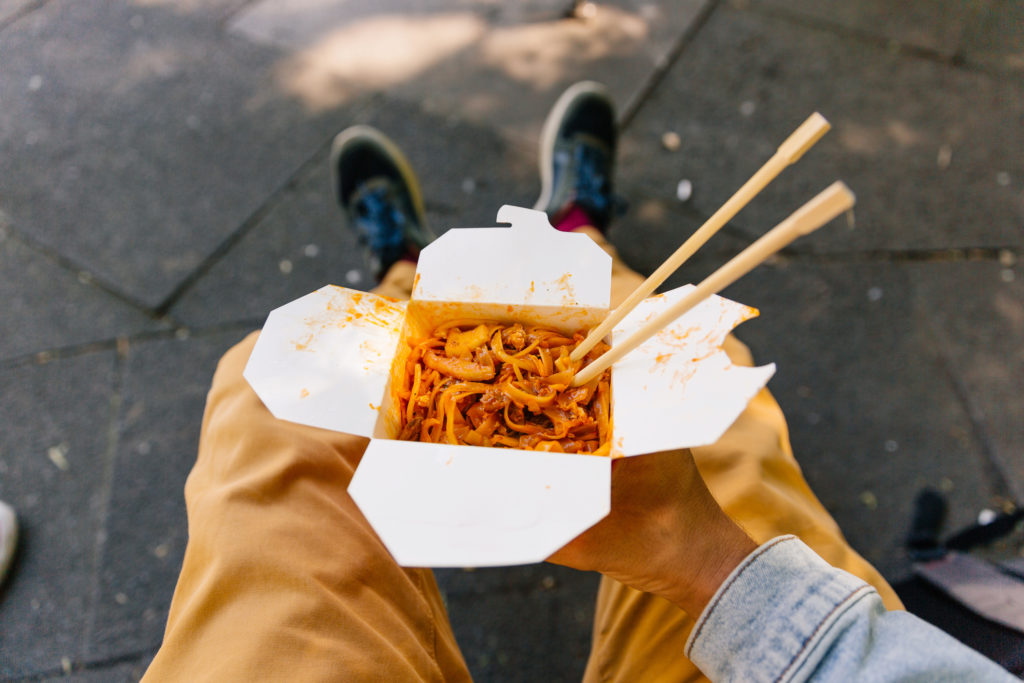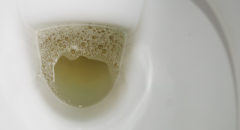
One out of every three, or 77.9 million, adults in the U.S. have high blood pressure, according to a report by the American Heart Association--and, it's getting worse.
By 2030, it's projected that 41.4% of U.S. adults will have high blood pressure.
But get this: nearly 28% of Americans don't even know they have the disease! It's called the "silent killer" for a reason, because high blood pressure, or hypertension, is a cardiovascular disease symptoms and signs are subtle until it's nearly too late. It's the precursor for heart attacks and heart disease: the number one killer of Black men and women in the U.S.
Blood pressure measures the force of the blood pushing against the walls of your arteries. Your blood pressure rises with each heartbeat and falls when your heart relaxes between beats.
While the number can fluctuate from minute to minute with changes in posture, exercise, stress or food, it should normally be less than 120/80 mmHg. Any higher, and you could be diagnosed with high blood pressure by your doctor. (Hg is the pressure that one millimeter (mm) of mercury (Hg) exerts.)
But there is good news: This is preventable! Yes, you can stop it! In fact, most people can bring down their blood pressure naturally by adjusting their diet.
So, here are 10 foods you should avoid, put down and don't eat again if you have high blood pressure or if you have a history of high blood pressure in your family.
10. Chinese Take-out
It's about the sodium. Some food items could contain more than two days' worth of sodium!
Beef with broccoli, which doesn't sound too harmful, packs about 3,200 mg of salt. Ingredients used for cooking the dish, including soy sauce or teriyaki sauce, have about 1,000 mg of sodium in just a single tablespoon. And think about all the oil used to toss around the beef and broccoli. There's a reason why even the sautéed vegetables in Chinese food always look so shiny.
Even soups can be surprisingly unhealthy. A bowl of hot and sour soup at PF Chang's has, get this... 7,980 mg of salt. That's nearly three days worth of sodium in only ONE meal!
9. Pickles
The crunchy, low-calorie snack is a great complement to your sandwich order except for the fact that it's loaded with sodium.
Three medium pickles, about 3.75 inches long, can have about 2,355 mg of sodium, more than the recommended sodium limit of 2,300 mg for an entire day.
8. Deli Meat
Yes, your precious "healthy" sandwiches may be killing you. Processed deli and lunch meats you buy to make sandwiches can quickly become a sodium trap.
Deli meats are often cured, seasoned, and preserved with salt to last longer. A two-ounce serving of some lunch meats could contain about 600 milligrams of sodium or more.
When you add the two slices of bread, cheese, some condiments, and pickles, a simple sandwich is no longer so innocent. Try for fresh slices of turkey, not processed.
7. Whole Milk
Yes, while milk may be a source of sodium, it's not that great for you. Once cup serving of whole milk is about 8 grams of fat, and five of those eight are saturated! Saturated fats are worse for you because they can lead to heart disease. Instead try 2% milk or even go a better route and use almond milk or coconut milk as a tasty replacement.
6. Red Meat
I know, I know. I know what you're thinking: "I'm not going to give up eating burgers and steaks." Am I right? Wrong! Depending on how much read meat you eat and how it's prepared you may need to give it up to do the ultimate: Live Longer (now isn't that better than just dying over a piece of meat?)!
A healthy eating plan should have only a small amount, if any, of saturated or trans-fats. Fatty foods are bad for both the heart and blood vessels. An 18 oz. ribeye at regular steakhouse without any sauce has about 1140 calories, 79 grams of fat and 1,500 mg of sodium.
5. Frozen Pizza
It's an easy and inexpensive dinner, right? All you have to do is turn your oven on to 425 degrees, and pop that baby in until the cheese starts to melt and the crust turns golden brown.
But frozen pizzas are bad news if you're watching your sodium intake. The combination of cheese, cured meats, tomato sauce, and crust adds up the milligrams pretty quickly. What's worse is that manufacturers add a lot of salt to preserve all that flavor in the freezer. One serving of frozen pizza can have as much as 1,000 milligrams of sodium, and you know you never have leftover frozen pizza, which means you likely consume way more.
4. Donuts
The sweet, soft, moist donuts you love are indeed one of the foods to avoid if you have high blood pressure or just want to be a healthy person. The ring-shaped fried dough snack is worse than many other snacks in the market. And no, you can't just have one because one donut can have more than 300 calories with 42% fat and 54% carbs.
Being fried, it contains lots of saturated and trans fats -- more trans fat than peanut butter, chocolate bars or even chips. For all of these reasons and more, donuts need to be avoided for a healthy heart.
3. Bouillon cubes, Canned and Instant Soup
On average, a cup of canned chicken noodle soup contains as much as 760 milligrams of sodium. Eat the entire can — which makes two-and-a-half servings – and you’ll get 1,800 milligrams of sodium.
Instead, you should look for brands with reduced-sodium or no salt added. For instant soup or oriental noodles, reduce the sodium by using half of the seasoning packet.
2. Ready-to-eat boxed meals and side dishes
Along with the convenience comes a hefty dose of sodium. A 5-ounce frozen turkey and gravy dinner can have 787 milligrams of sodium. Half of a 16.5 ounce chicken pot pie can pack 800 milligrams of sodium. Do yourself and your body a favor and cook instead of just microwaving your food. Or better yet, try one of those meal delivery services where they do the grocery shopping for you and all you have to do is follow directions.
1. Canned Spaghetti Sauce
These processed, store-bought tomato sauces can contain a great deal of sodium (one popular brand has 480 milligrams per half-cup serving) and can directly affect the ability of the kidneys to remove excess water. Water retention contributes to elevations in blood pressure, placing your heart into overdrive. If you’re interested in making homemade spaghetti, we suggest closely monitoring the amount of salt and salty ingredients that you add in.









